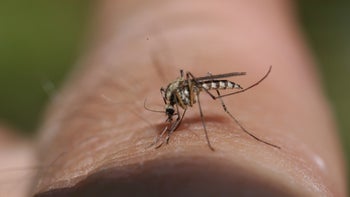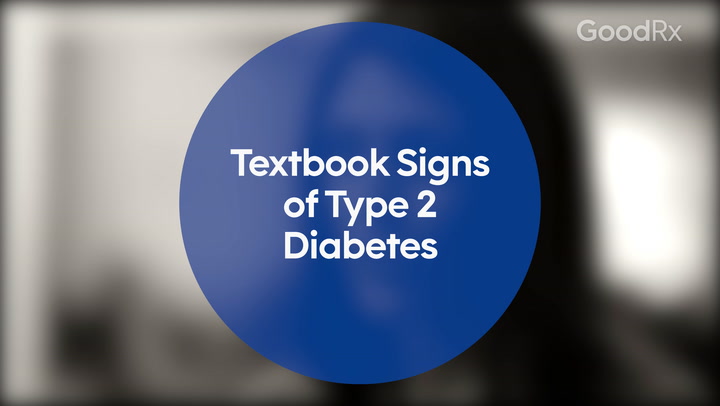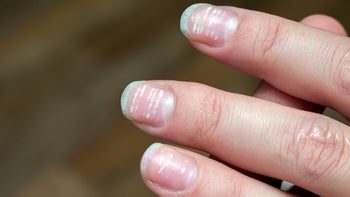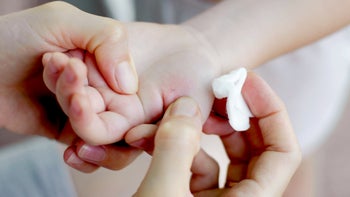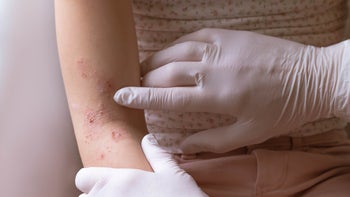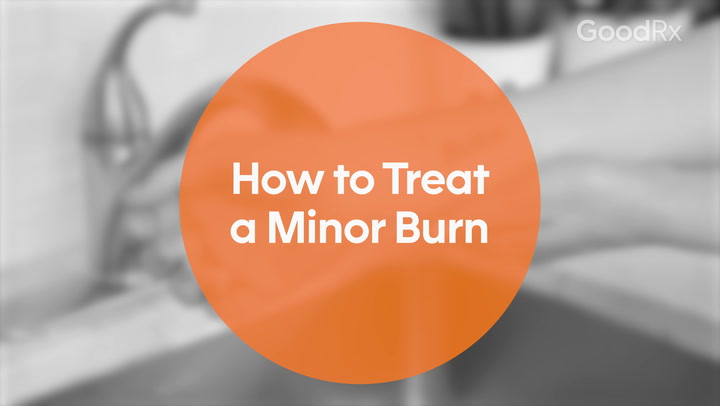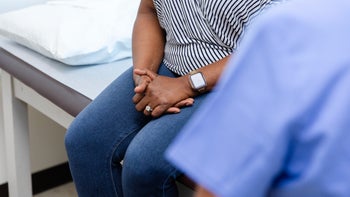
What Is Pityriasis Rosea? Triggers, Symptoms, and Treatment for This Common Skin Rash
Key takeaways:
Pityriasis rosea is a common skin rash. It starts with a single area of skin redness (called a herald patch) before spreading to other parts of your body.
Viruses are the most common trigger for pityriasis rosea. Medications can trigger it too.
Pityriasis rosea will clear up on its own without treatment and doesn’t leave scars. Oatmeal baths and emollients (moisturizing creams) can ease rash-related itchiness.
Table of contents
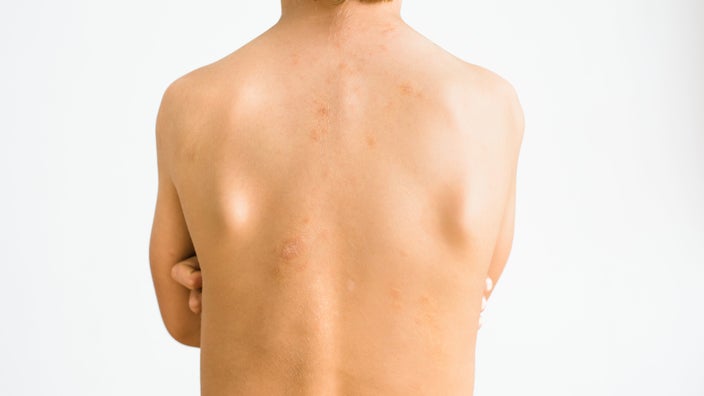
Getting a rash can be frustrating, anxiety provoking, and downright uncomfortable. It’s hard to know if it’s something you should worry about or whether you can watch it at home.
Pityriasis rosea is a common and harmless skin rash that you can treat at home. Here’s how to tell if you have pityriasis rosea and what you can do to take care of it.
What are the symptoms of pityriasis rosea?
Pityriasis rosea usually starts off as a single patch. This is called a “herald patch” because it shows up before the rest of the rash. A herald patch is usually:
Oval or circular
Pink or red
Raised and bumpy
Scaly
Mildly itchy
Large — sometimes up to 2 inches across
Usually on the chest, stomach, or back
Search and compare options
After the herald patch appears, the rash can spread to other parts of your body.
Pityriasis rosea stages
A herald patch is the first stage of pityriasis rosea. But it’s not always easy to see, especially if it’s small or lighter in color. If you have darker skin, you might only notice that the area feels bumpy.
If the patch is on your back or another area that’s hard to see, you might not notice it at all.
The rest of the rash spreads during the next stage of pityriasis rosea. Over the next 2 weeks, new oval patches appear on other parts of your body. The most common spots the rash appears are the:
Back
Chest
Stomach
Upper arms
Thighs
These new patches usually look like the herald patch, but they’re smaller. Once all the patches appear, they stick around for up to 8 weeks. In the final stage, the patches start to fade on their own and can peel as they disappear.
Healthy skin starts here. Get the information you need from our Dermatology Hub.
Ringworm can look like pityriasis rosea. Learn how to tell if you have ringworm and how to treat it.
Skin-soothing solutions: Oatmeal baths can relieve itching from pityriasis rosea. Here’s how to make one at home.
The patches don’t scar as they heal. But if you have a darker skin tone, they may leave behind skin discoloration. This can take weeks (or longer) to fade.
Who is at risk for pityriasis rosea?
Anyone can develop pityriasis rosea. But it’s more common in teenagers and young adults. It’s not clear why this age group gets it more often.
People over age 30 don’t get pityriasis rosea as often. Children can get it too, but pityriasis rosea isn’t a common skin rash in children.
Read more like this
Explore these related articles, suggested for readers like you.
What causes pityriasis rosea?
It’s not clear what causes pityriasis rosea.
Research suggests that viruses might trigger the rash. Many people get pityriasis rosea 1 to 2 weeks after they’ve had symptoms of an upper respiratory tract infection, like a fever or sore throat.
Some medications have also been linked to pityriasis rosea, including:
Adalimumab (Humira)
Allopurinol (Zyloprim)
Atenolol (Tenormin)
Bupropion (Wellbutrin)
Lamotrigine (Lamictal)
Vaccines like the flu shot and the hepatitis B vaccine have also been linked to pityriasis.
It’s not clear if these things directly cause pityriasis rosea or if the rash is a reaction from the body’s immune response to these things. It’s clear that bacteria and fungi don’t cause it, and pityriasis rosea isn’t contagious. It’s also very rare to get pityriasis more than once.
How do you treat pityriasis rosea?
Pityriasis rosea will go away on its own, within 6 to 8 weeks. It doesn’t leave scars as it fades.
But the rash can be itchy. While you wait for it to fade, you might want to try some things to soothe your itchy skin, like:
Taking a nondrowsy antihistamine
Using skin cream or lotion to keep your skin moist
Trying oatmeal baths to soothe your skin
Applying anti-itch lotions like calamine
If these methods aren’t enough to control your itching, talk to your primary care provider. You may need prescription-strength steroid creams or anti-itch lotions.
What should you not do when you have pityriasis rosea?
Some things can irritate your skin and make the itching from pityriasis rosea worse.
Hot water and overheating
Hot water can dry out your skin and make itching worse. If you have pityriasis rosea, be sure to avoid:
Hot showers or baths
Saunas
Hot tubs
Hot temperatures can also increase itching. Try to stay in air-conditioned or cool places when it’s hot outside. You may also want to limit vigorous exercise, which can increase your body temperature.
Spicy, acidic, and high-histamine foods
If you have pityriasis rosea on your hands or face, you may want to avoid spicy and acidic foods. These foods contain compounds that can irritate your skin and worsen itching — but only if they get on your skin. There’s no reason to avoid these foods if your rash is somewhere on your body that won’t come in contact with food.
You may also want to avoid high-histamine foods if you have histamine intolerance. People with histamine intolerance can develop itchiness or skin flushing when they eat foods with large amounts of histamine. Some high-histamine foods include:
Alcohol
Aged cheese
Fermented or pickled foods
Spinach
Eggplant
How can you make pityriasis rosea clear up faster?
Right now, there’s no clear evidence that anything can clear up pityriasis rosea faster. Researchers have looked into treatments like:
Antibiotics
Antivirals, like acyclovir
Ultraviolet (UV) light therapy
Sometimes pityriasis rosea does clear up faster when people use these treatments. But they don’t work for most people and can have side effects. Because of this, they aren’t recommended for everyone.
Talk with your primary care provider if your pityriasis rosea isn’t clearing up within 6 weeks or it’s causing you a lot of discomfort. It might be worth trying one of these options, but you’ll need to weigh the pros and cons carefully.
Frequently asked questions
Pityriasis rosea isn’t linked to cancer. It isn’t a symptom of cancer, and it doesn’t increase your risk of developing cancer later in life.
Ringworm can look a lot like a pityriasis rosea herald patch. But ringworm doesn’t usually spread as quickly or cover as much of your body as pityriasis rosea does. Ringworm is often itchier than pityriasis rosea.
Pityriasis rosea isn’t contagious, and you can’t pass it to others. You don’t need to cover up your rash before being around others.
The bottom line
Pityriasis rosea is a common, itchy rash. It can start after a viral illness. The rash begins with one raised, bumpy patch. Then it spreads from the top of your body down.
Pityriasis rosea isn’t dangerous and will go away on its own. But that can take up to 8 weeks. There’s no treatment for pityriasis rosea, but antihistamines and oatmeal baths can relieve itching while it fades.
Why trust our experts?


References
Amer, A., et al. (2007). The natural history of pityriasis rosea in black American children: How correct is the “classic” description? JAMA Pediatrics.
Chuh, A., et al. (2004). Pityriasis rosea – evidence for and against an infectious aetiology. Epidemiology and Infection.
Contreras-Ruiz, J., et al. (2019). Interventions for pityriasis rosea (review). Cochrane Database of Systematic Reviews.
Drago, F., et al. (2009). Treatments for pityriasis rosea. Skin Therapy Letter.
Jochum, C. (2024). Histamine intolerance: Symptoms, diagnosis, and beyond. Nutrients.
Litchman, G., et al. (2024). Pityriasis rosea. StatPearls.
Sankararaman, S., et al. (2014). Multiple recurrences in pityriasis rosea - a case report with review of the literature. Indian Journal of Dermatology.
Villalon-Gomez, J. M. (2018). Pityriasis rosea: Diagnosis and treatment. American Family Physician.






